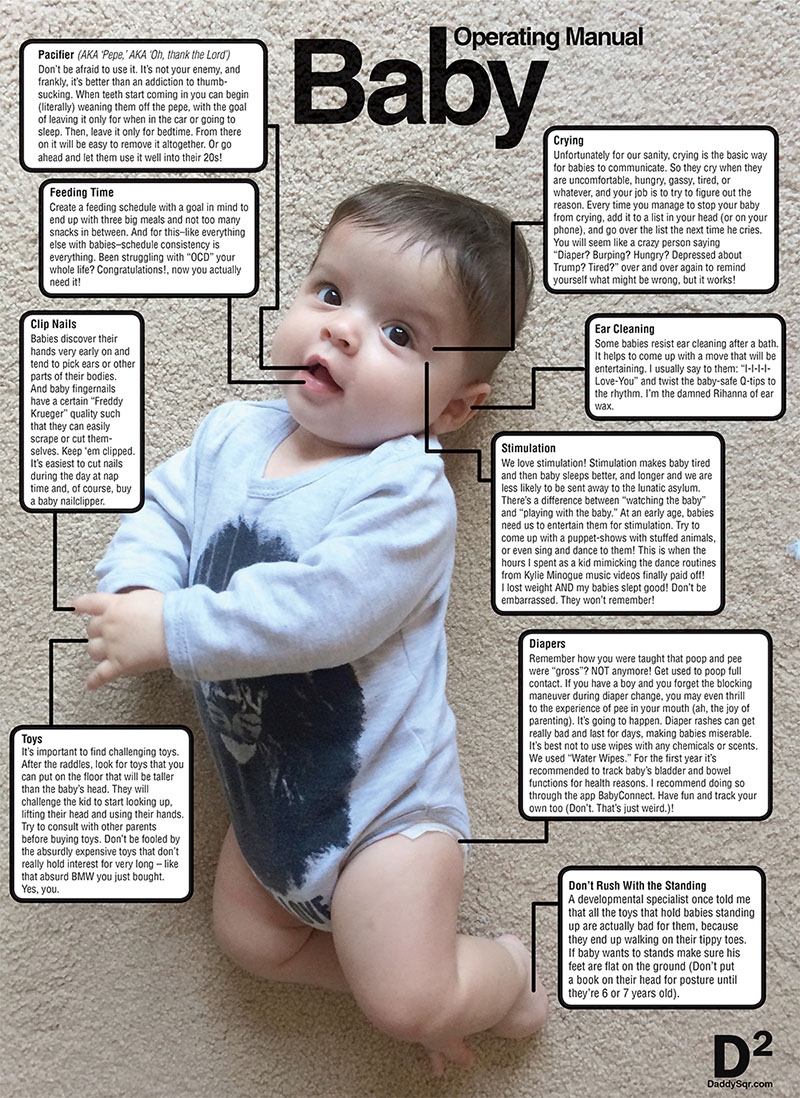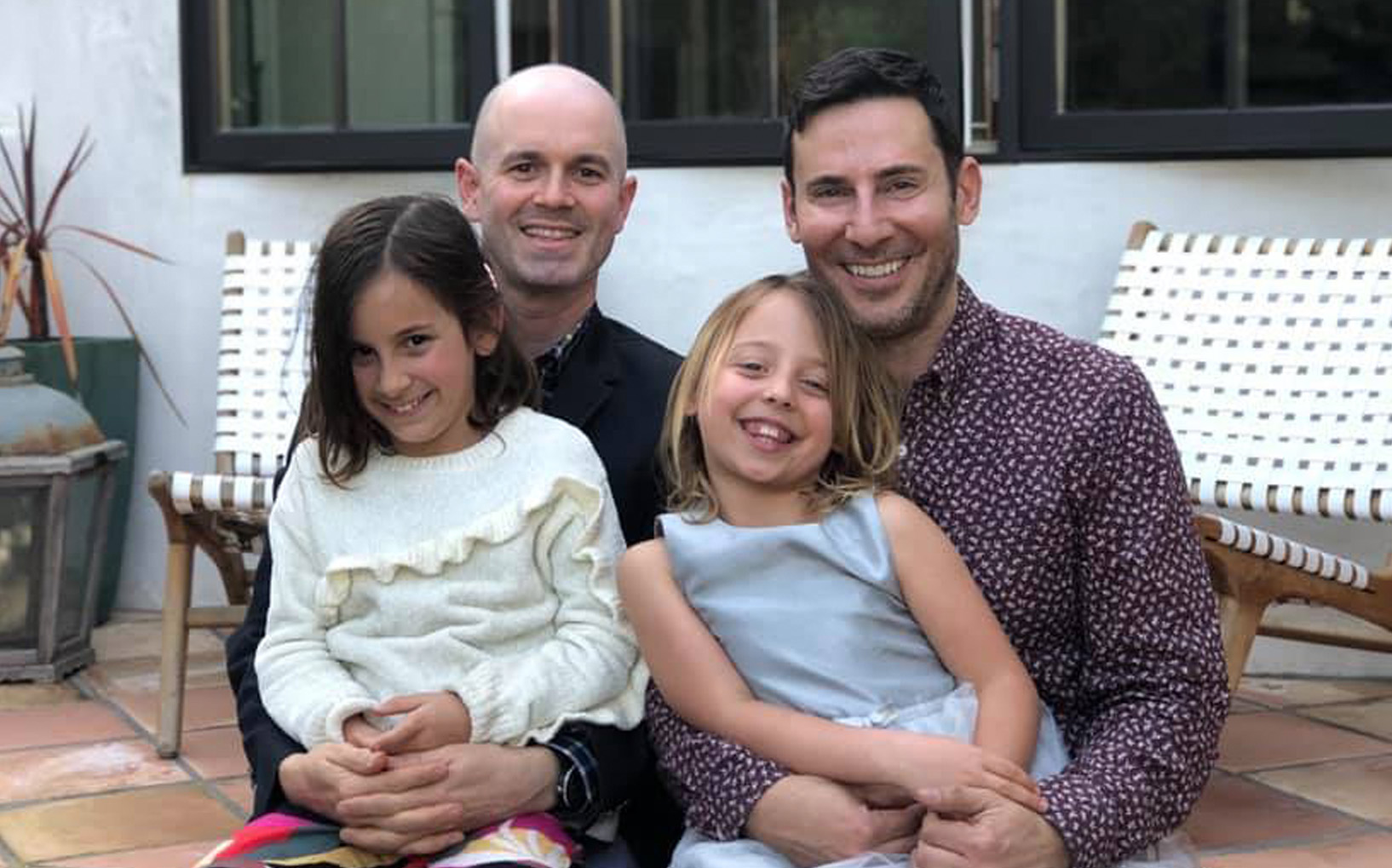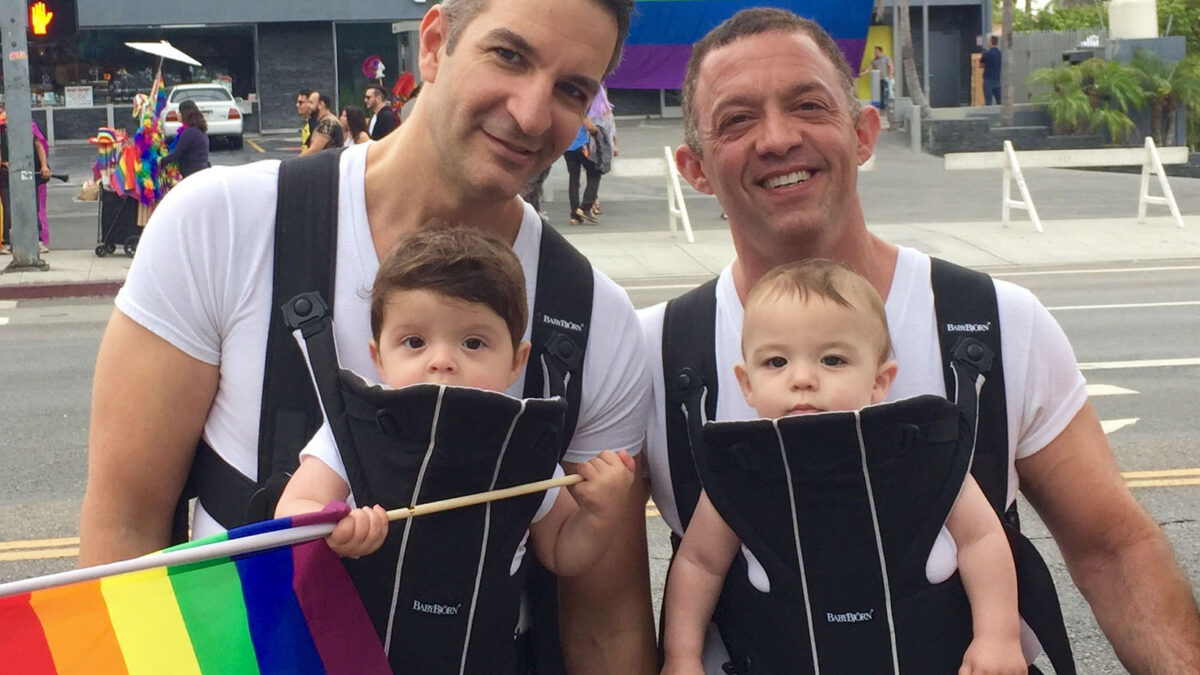Unbiased Intro to Surrogacy: Learn from Our Mistakes
If you are a gay man thinking about having a baby with the help of surrogate and egg donor in 2024 – this article will guide you on taking the first step. There’s so much information, opinions, criticism out there – make sure you are consulting with people who don’t have any commercial motives.
Don’t make the same mistakes we did! Alex and I chose surrogacy as our path to parenthood. Although we now have two amazing boys, we harbor regrets for not conducting thorough research before committing to an agency and clinic. We could have saved so much time, money, and stress had we truly understood the process and players better. Drawing from my personal experiences and the insights gained over five seasons of our podcast, Daddy Squared, I present an unbiased ‘Intro to Surrogacy’: the ABCs of the process. This guide aims to help you kickstart your journey to fatherhood if you are considering surrogacy as an option.
The first and most important thing I say to prospective dads is: don’t look at this path as one giant mountain that you have to climb; the surrogacy process is divided to two main sections: the embryo creation (the clinic’s portion), is when you find an egg donor and create and freeze embryos, and the pregnancy (the surrogate / agency portion) is when you match with a surrogate and go through the pregnancy with the embyo(s) you’d previously stored.
It’s very helpful to focus on the embryo creation, not only to reduce the overwhelming nature of this new world but also for financial reasons. Once you have created the embryos, you can pause to recover financially. Alex and I paused for nearly a full year before we continued to the pregnancy.
In the second portion, the pregnancy, the biggest decision is whether or not you want to work with an agency. Yes, agencies add to the overall high price, but in the grand scheme of things it really helps to have professionals guiding you through every detail especially if this is your first child.
Two other things to consider for people on “your team” are the attorney (to make sure everything is legal) and insurance coverage for all people involved.
Understanding the Surrogacy Process
Now that you have this basic information, the next step is to understand exactly how the process goes. I recommend learning from a reliable, non-commercial source. Don’t let one agency’s website or salesperson tell you everything about surrogacy. Find dads who have gone through it or nonprofit organizations that are related to LGBTQ families. Men Having Babies is the perfect example, as the organization runs conferences in five locations around the US (and two in Europe). The organization consists of gay dads, surrogates, and allies who explain the process and host verified professionals who explain every step of the way and every component of the journey.
With a good understanding of the process, you can move on to the actual planning and budgeting of your journey. You’ll know where you can cut costs, for example: finding a clinic closer to your egg donor – rather than closer to you – can cut all the back-and-forth travel for your egg donor, after all – she will have to go there more than you.
The last part that can help you a lot is reading about other dads’ experiences – especially the hardship. Again – Men Having Babies has managed to turn their Instagram account into a very valuable source, where they post dads’ challenges (and how they got through them) on a daily basis. Also, if you join surrogacy groups on Facebook, observe the discussions, see what others ask, and consider contributing from your own experience. It can be very helpful. The more you get yourself into the world of surrogacy, the easier it will be for you in terms of what to do next.
What to Look Out For in 2024
Two important developments to watch for in 2024:
States like Illinois, Maine, and New Jersey now include same sex couples as entitled to insurance coverage for IVF by law. Additionally, 10 other states have this bill in progress. This means a lot because it can significantly cheapen the embryo portion of the journey.
More and more employers offer fertility benefits that include LGBT individuals. It doesn’t hurt to check with your employer to see if they provide such benefits. We received $10,000 – yes, it’s not a lot compared to the overall price tag, but everything helps!
This whole “surrogacy journey” thing is complicated, for sure. But the more you know, the more manageable it is. Of course, then you’ll have children and everything really goes nuts! 😊













